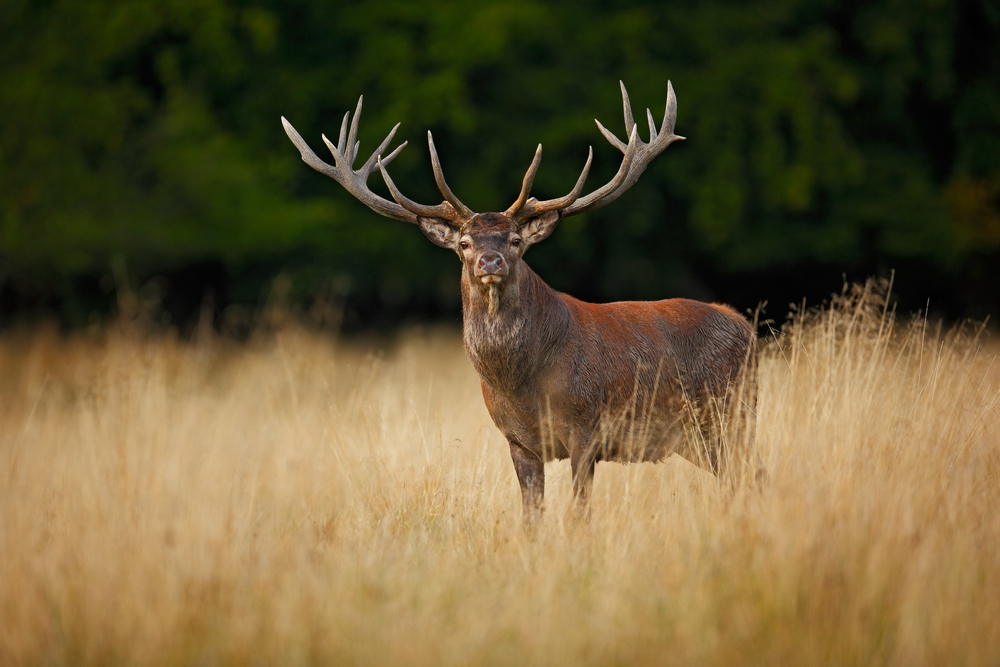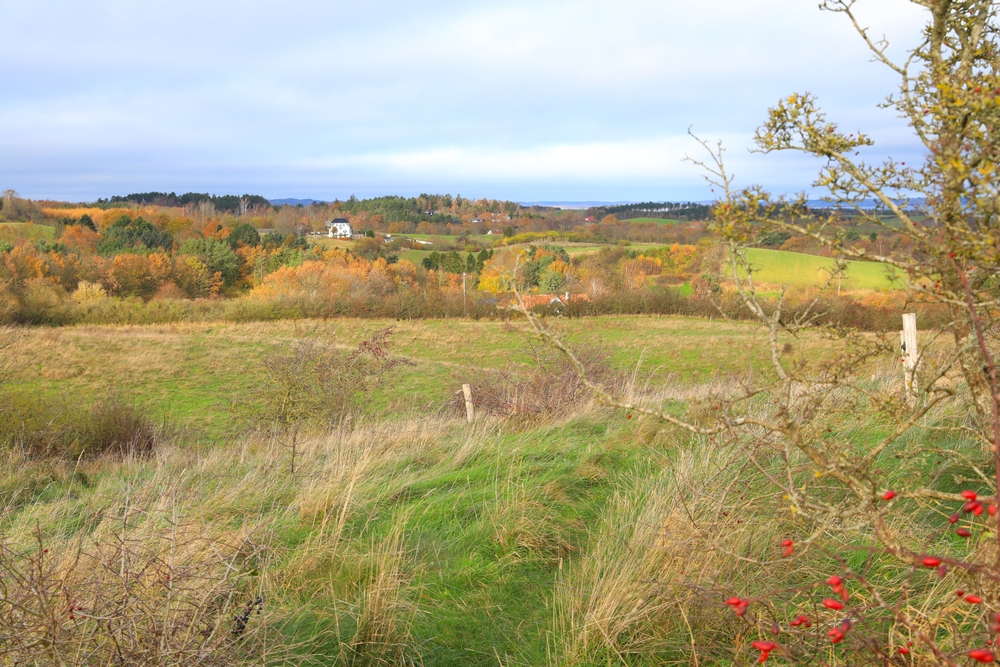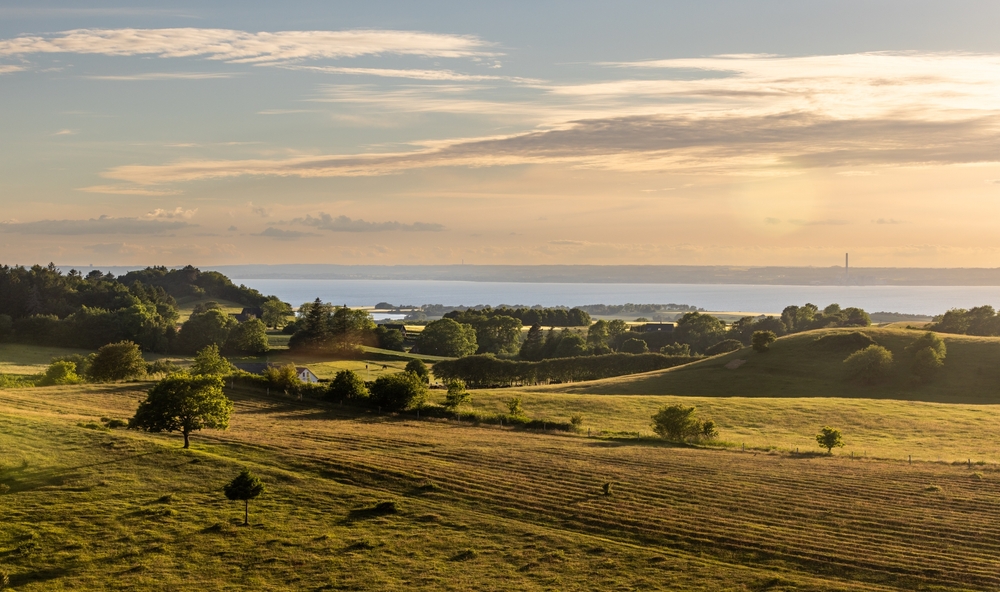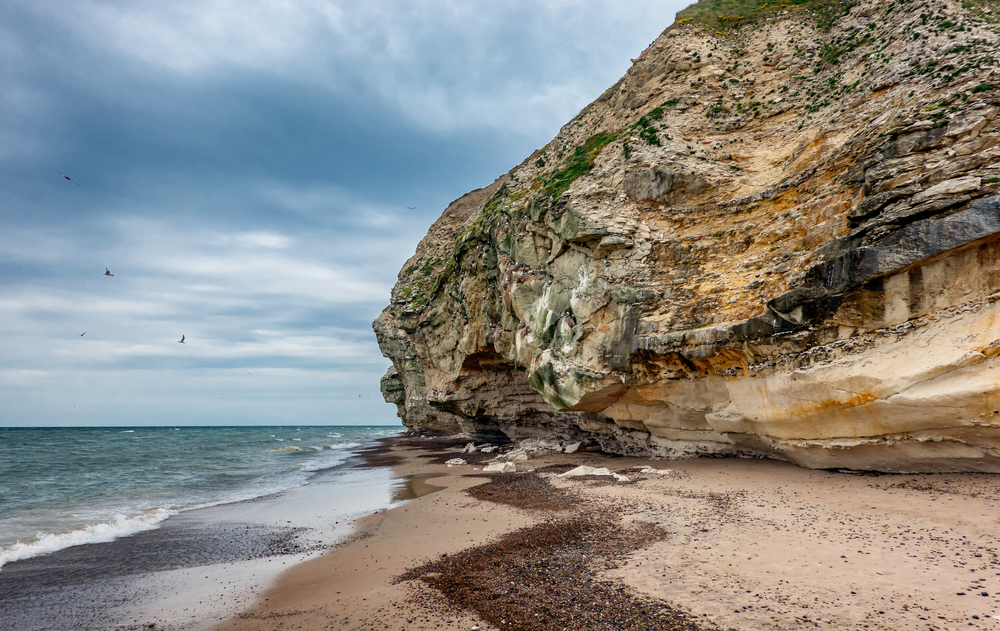Kongernes Nordsjaelland Overview
Kongernes Nordsjælland National Park, known in English as the Kings’ North Zealand National Park, is a stunning expanse of protected land in northern Zealand, Denmark’s largest island. Spanning approximately 102 square miles (264 square kilometers), the park offers a rich tapestry of natural beauty, cultural history, and biodiversity.
Officially designated as a national park in 2018, it encompasses a variety of landscapes, including ancient forests, serene lakes, open meadows, and stretches of coastline along the Kattegat Sea. This region is deeply intertwined with Danish royal history, as the area was historically used as royal hunting grounds, a legacy reflected in the park’s name.
The park’s terrain is dominated by lush woodlands such as Gribskov and Store Dyrehave, which are UNESCO World Heritage Sites due to their historical importance in hunting landscape design. Gribskov, one of Denmark’s largest forests, is particularly notable for its towering beech and oak trees, creating a canopy that feels almost cathedral-like.
The park is also home to picturesque lakes, including Esrum Sø, Denmark’s second-largest lake, and Arresø, its largest. These water bodies not only enhance the park’s scenic appeal but also serve as important habitats for a variety of species. Rolling meadows and heathlands, interspersed with traditional farmland, add to the diversity of the landscape, making it a vibrant mosaic of natural and cultural elements.
Wildlife in Kongernes Nordsjælland National Park is equally impressive, offering visitors the opportunity to encounter a wide range of species. Mammals such as red deer, roe deer, and foxes roam freely through the forests and grasslands, while smaller species like hedgehogs and hares can often be spotted.
Bird enthusiasts will delight in the park’s avian diversity, with species like white-tailed eagles, osprey, and great crested grebes commonly seen around the lakes, alongside other waterfowl such as herons and swans. The forested areas also host a variety of songbirds, woodpeckers, and birds of prey.
Visitors to the park are drawn not only by its natural beauty but also by its historical and cultural significance. Highlights include Frederiksborg Castle, a stunning Renaissance castle located near the park’s boundary, and Fredensborg Palace, the royal family’s spring and autumn residence.
The UNESCO-listed par force hunting landscapes, meticulously designed by Danish monarchs, offer fascinating insights into historical land use and management. Outdoor activities abound, with well-marked trails for hiking, cycling, and horseback riding. Canoeing and kayaking are popular on the lakes, while birdwatching, photography, and picnicking are perfect for those seeking a more leisurely experience.
Conservation is a central focus in Kongernes Nordsjælland National Park. Efforts to preserve the unique biodiversity and historical landscapes have been largely successful, though challenges such as balancing tourism and ecological protection remain.
Rewilding projects and habitat restoration initiatives are underway, aiming to maintain and enhance the park’s ecosystems. The collaboration between local communities, conservation organizations, and governmental bodies has been instrumental in the park’s effective management and its role as a model of sustainable preservation.















































































